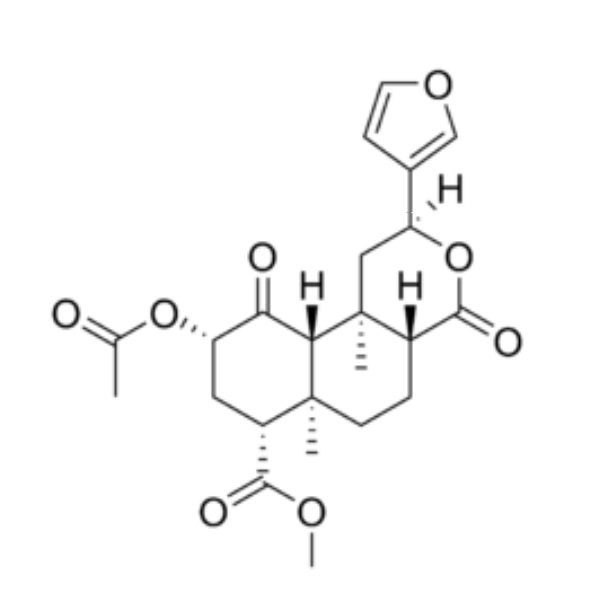
Salvinorin A is the main active psychotropic molecule in Salvia divinorum, a Mexican plant which has a long history of entheogenic use by indigenous Mazatec shamans. Salvinorin A is considered a disso- ciative exhibiting atypical psychedelic effects.
It is structurally distinct from other naturally occurring hallucinogens (such as DMT, psilocybin, and mescaline) because it contains no nitrogen atoms, hence it is not an alkaloid (and cannot be rendered as a salt) but a terpenoid. Salvinorin A can produce psychoactive experiences in humans, with a typical du- ration of action lasting from several minutes to an hour or so, depending on the route of administration.
It is active at doses as low as 200 μg, making it the most potent natural hallucinogen.
Signs:
Symptoms:
| Low Dose | Medium Dose | High Dose |
| meditative like state, body movements similiar to yoga (nothing hard, stuff like childs pose that feels good and requires no balancing), very relaxed mood and body language. Possible giddi- ness. |
Symptoms:
| Low Dose | Medium Dose | High Dose |
| Tingling sensation, slightly altered perception | seperation from physical body, out of body experi- ences without break from reality. Enhanced feeling of gravity, feeling of pins on skin. Closed eye hallucina- tions. Euphoria. Sexual arousal. | Complete seperation from physical body and break from reality. Feelings of confusion and fear. De- monic voices. Sometimes headaches and lethargy af- ter peak that linger until sleep |
Atypical for the strong entheogens, Salvinorin A from the Salvia Divinorum plant does not act on the 5HT2A receptor. Rather it acts as a kappa opioid receptor agonist. The kappa opioid receptor is responsible for mediating the effects of endogenous opioids, such as altering the perception of pain, consciousness, motor control, and mood. The kappa opioid receptor may provide a natural addiction control mechanism, and therefore, drugs that act as agonists and increase activation of this receptor may have therapeutic potential in the treatment of addiction.
The effects of Salvinorin are said to be dissociative and deliriant, and are often de- scribed as dysphoric. Although it is considered a hallucinogen, it is not labelled as a classic psychedelic, due to its different form of action in the brain.
The effects of Salvinorin are said to be dissociative and deliriant, and are often de- scribed as dysphoric. Although it is considered a hallucinogen, it is not labelled as a classic psychedelic, due to its different form of action in the brain.

